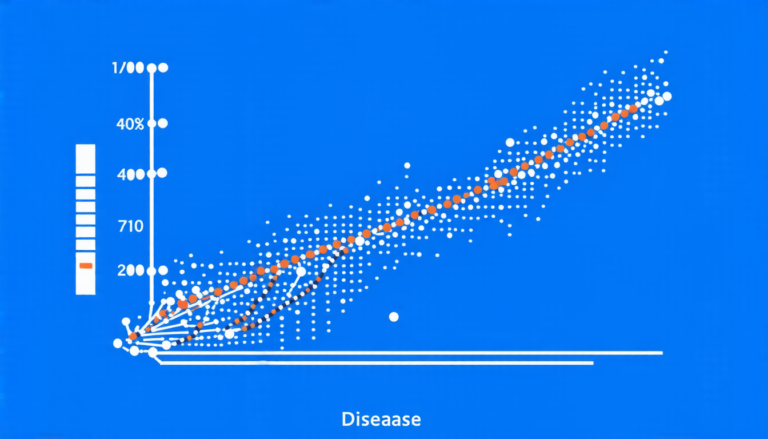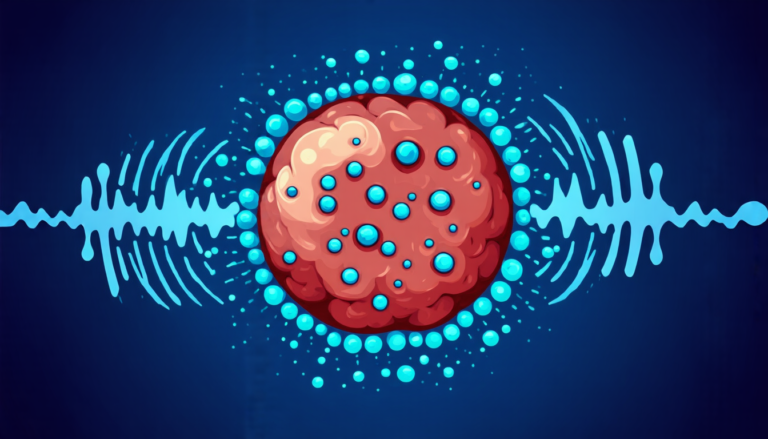Saturday 07 June 2025
For decades, mathematicians have been trying to crack a puzzle that has puzzled them for centuries – the Turán number of the balanced double star. This seemingly simple problem has stumped experts, leaving many wondering if it was even possible to solve.
The Turán number is a measure of how many edges a graph can have without containing a certain structure. In this case, the structure is the balanced double star, where two sets of vertices are connected in a specific way. The goal is to find the maximum number of edges that a graph can have while avoiding this structure.
The problem has been studied extensively, with many mathematicians making significant progress. However, despite their efforts, a complete solution remained elusive. That was until recently, when a team of researchers made a major breakthrough.
Using a combination of mathematical techniques and computer simulations, the team was able to determine the exact value of the Turán number for the balanced double star in hypercubes. This may seem like an obscure problem, but it has important implications for our understanding of complex networks.
The hypercube is a mathematical structure that consists of vertices connected by edges in a specific way. It’s a bit like a cube, but instead of having three dimensions, it has many more. The team used this structure to create a graph that was as large as possible while still avoiding the balanced double star.
By analyzing this graph, they were able to determine the maximum number of edges that it could have without containing the balanced double star. This is the Turán number, and it’s a crucial piece of information for understanding complex networks.
The team’s findings have important implications for our understanding of how networks function. By studying the Turán number, researchers can gain insights into how to design more efficient and resilient networks.
One potential application is in computer science, where networks are used to transfer data between different parts of a system. By optimizing the structure of these networks, developers can create faster and more reliable systems.
The study also has implications for biology, where complex networks are found in many natural systems. For example, the brain is made up of billions of neurons that are connected in a complex network. Understanding how to design more efficient and resilient networks could lead to breakthroughs in our understanding of how the brain works.
In addition to its practical applications, this study also has important theoretical implications for mathematics. The Turán number is a fundamental concept in graph theory, and determining its value for the balanced double star is a major achievement.
Cite this article: “Cracking the Century-Old Puzzle of the Balanced Double Star”, The Science Archive, 2025.
Mathematics, Graph Theory, Turán Number, Balanced Double Star, Hypercube, Complex Networks, Network Optimization, Computer Science, Biology, Neuroscience







